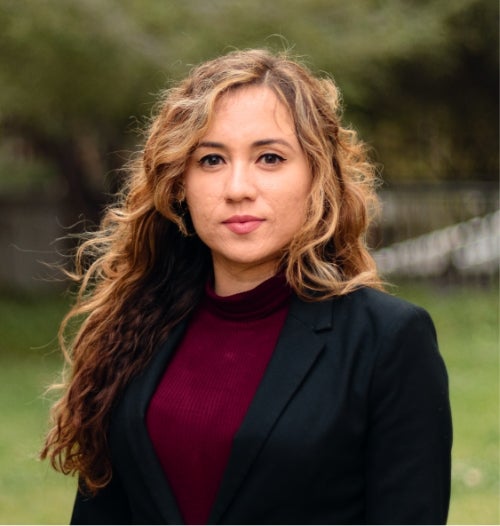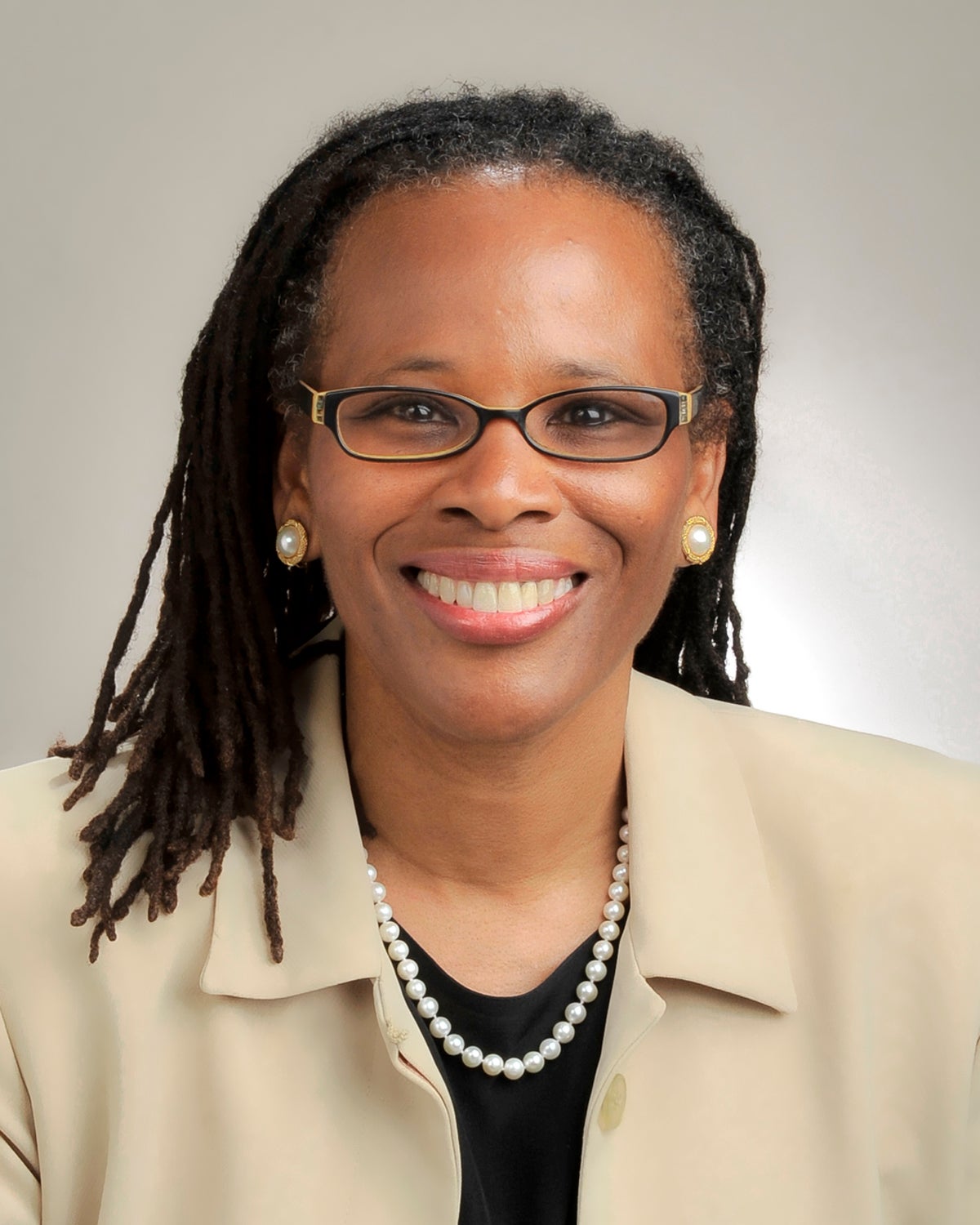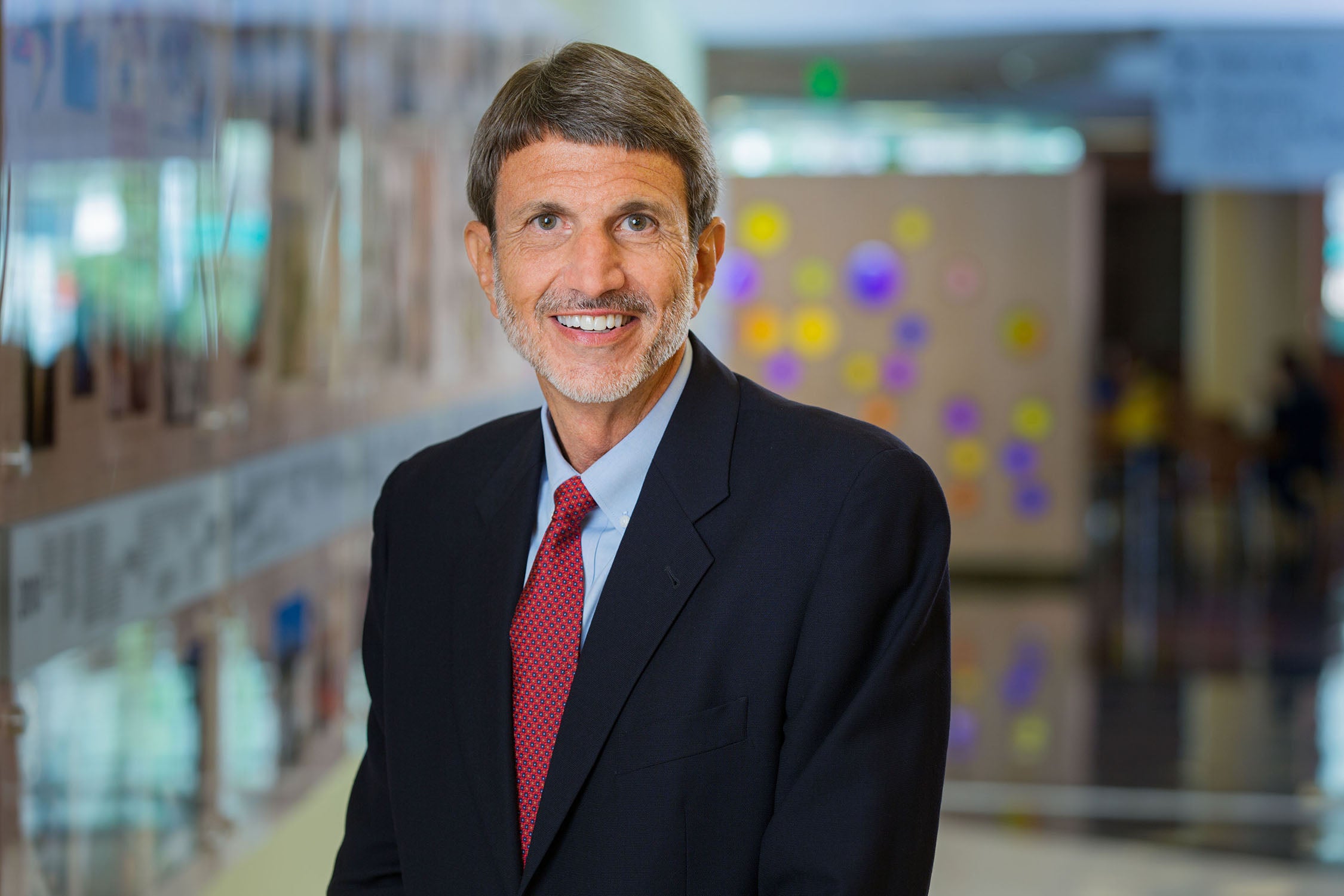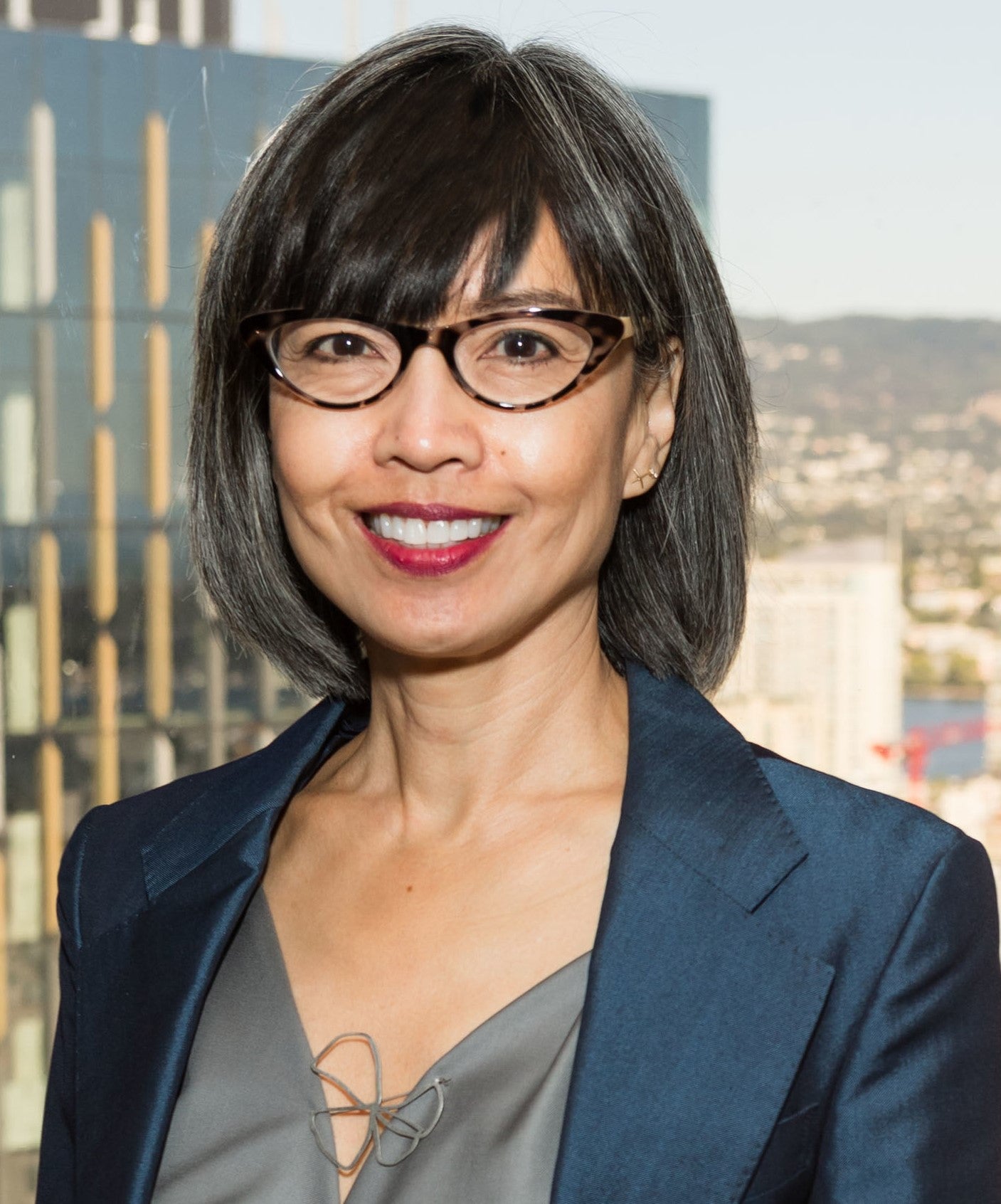Informing Policy to Limit Harmful Exposures
Valentina Arputhasamy (MS ’21)
PhD Student, Biostatistics
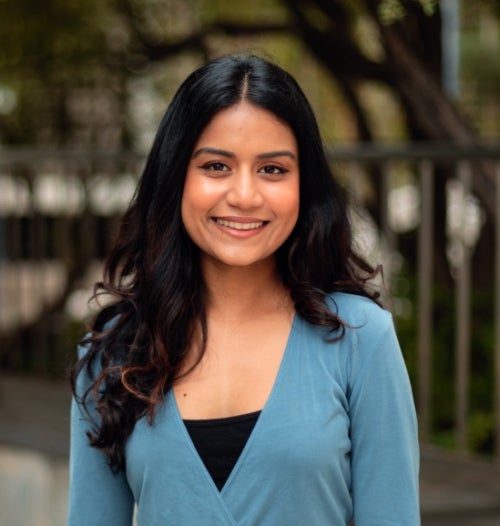
Empowering Populations Through Research
Linh Chuong
PhD Candidate, Health Policy and Management
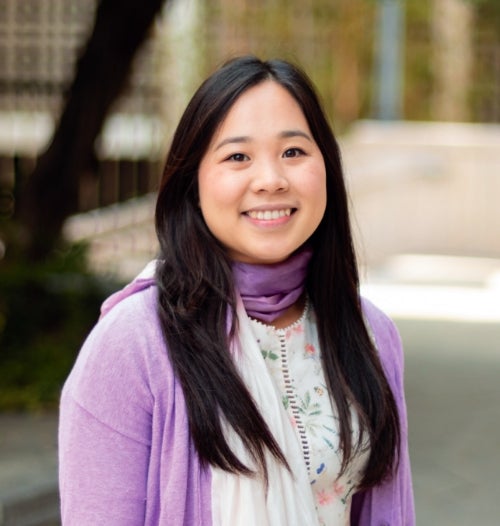
Addressing Disparities in Prehospital Care
Esmeralda Melgoza
PhD Candidate, Community Health Science
